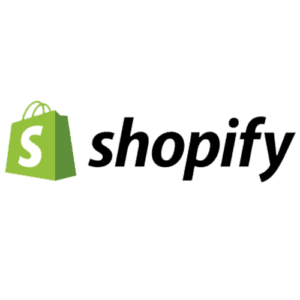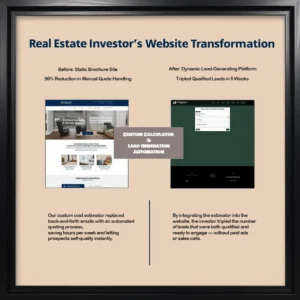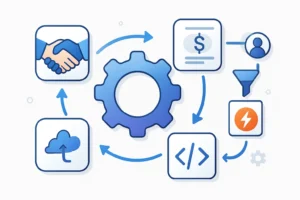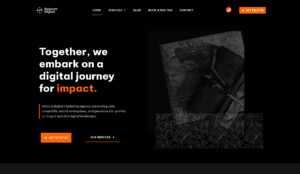
Stuart Blair Art
A Shopify e-commerce build for a UK artist with a dark, gothic aesthetic—selling original paintings and prints across landscapes, character art (including The Joker), and standout pieces like a Great White shark painting. I’m handling the full technical setup from domain and DNS to theme configuration and store operations. Project Summary I’m building a Shopify store from the ground up for a UK-based artist, focusing on clean product presentation and a brand style that reflects a gothic vibe without sacrificing usability. The engagement covers domain purchase and routing, theme setup, payment configuration, shipping profiles, collections taxonomy, and ongoing guidance so the artist can confidently run the store after launch. The Problem The artist previously relied on word of mouth and social platforms to showcase work, with no central storefront for direct purchases. There was no organized catalog, no checkout, and no way to highlight different bodies of work (landscapes, character portraits, and signature pieces) in a cohesive e-commerce experience. The Solution I designed a Shopify architecture that balances brand and conversion. Collections separate Landscapes, Characters (e.g., The Joker), and Special Editions (including the Great White painting). A themed, dark-accented design aligns with the artist’s style, while product pages emphasize high-quality imagery, clear pricing, formats (originals vs prints), and straightforward add-to-cart flows. End-to-end store setup: domain/DNS, Shopify settings, taxes, and policies. Collections and tagging strategy for easy browsing and SEO. Theme customization to achieve a refined gothic look with strong readability. Payment gateways (Shopify Payments and PayPal) and shipping profiles. Image optimization workflow for fast product galleries. Technical Breakdown Platform: Shopify with light Liquid customizations and CSS overrides. Catalog: Collections for Landscapes, Character Art, and Special Editions; product variants for size/print options. Checkout: Shopify Payments and PayPal configured; test orders validated. Shipping: UK/EU/International profiles; weight-based or flat-rate tiers as needed. Performance: Compressed images, lazy loading, and minimal app footprint. SEO: Clean slugs, collection/page titles and meta, structured internal linking from the homepage to key collections. Status & Early Outcomes Store build in progress; domain and backend configuration underway. Catalog structure defined with clear collections and product templates. Artist onboarding in place for adding new works and managing inventory. Next Steps Finalize theme styling and collection landing pages with brand copy. Publish initial product set (landscapes, character pieces, Great White painting) with print options. Connect Instagram for shoppable posts and set up basic email capture for launches. Add lightweight analytics and conversion tracking.







